Apple last week launched its new 2020 iPhone SE, a low-cost $399 smartphone that features iPhone 8 components upgraded with the same A13 chip available in Apple's flagship iPhones. We did a full hands-on video back on Friday, but we took the weekend to see how the iPhone SE's camera measures up to the iPhone 8 and iPhone 11 Pro.
Based on an iFixit teardown that looked at the base camera hardware, the iPhone SE is using the same camera sensor as the iPhone 8, a 12-megapixel lens that features an f/1.8 aperture and a 28mm focal length, narrower than the 26mm focal length of the 12-megapixel wide-angle in Apple's flagships.
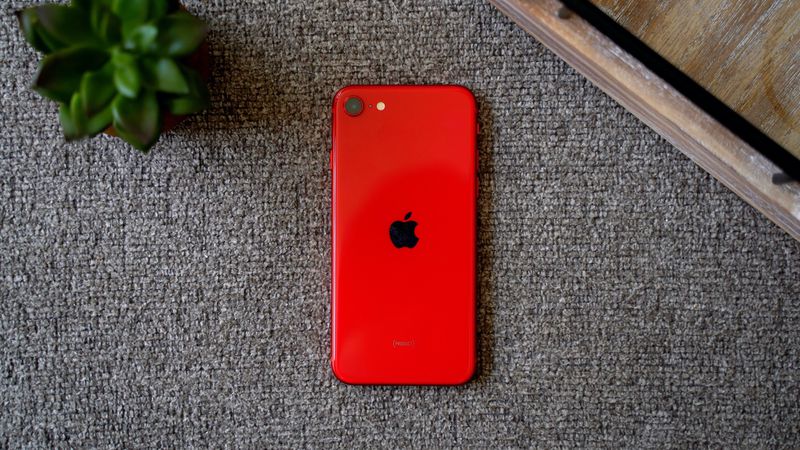
Though equipped with iPhone 8 hardware, the iPhone SE has more advanced photographic capabilities that are enabled by the powerful A13 Bionic chip inside, such as Portrait Mode and Smart HDR, so for the most part, the iPhone SE's camera quality is superior to the iPhone 8 but inferior to the iPhone 11 and 11 Pro.
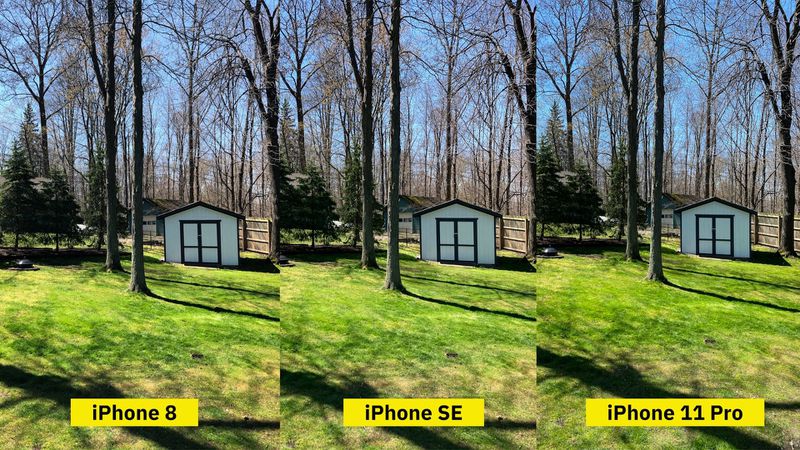
When it comes to photos with good lighting (aka, bright lighting indoors or out), all three iPhones put out similar, decent images because there's not a lot of work needed behind the scenes for improvement. The iPhone 8 and the iPhone SE photos are a little bit warmer than the cooler iPhone 11 Pro images, and you can see that what's coming out of the iPhone 11 Pro is a bit crisper, which is no surprise.
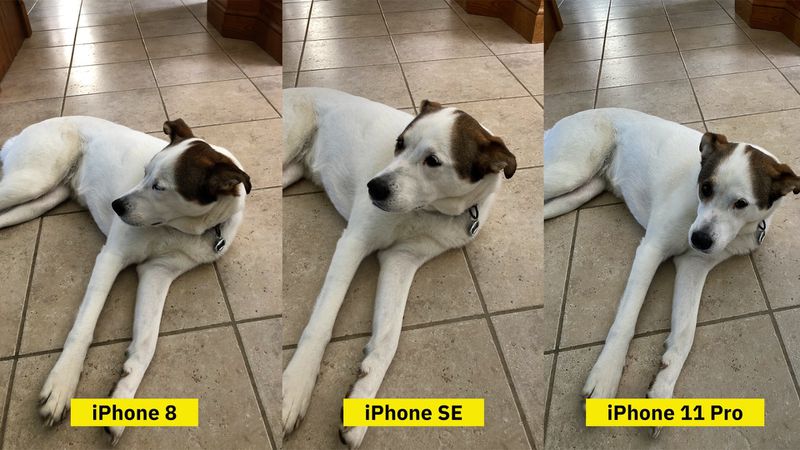
The iPhone 8 struggles with highlights being blown out or overexposed in some situations, and that's where you can see the Smart HDR in the iPhone SE shine. While the iPhone SE was fine in bright lighting, it definitely struggled in low lighting conditions compared to the iPhone 11 Pro.
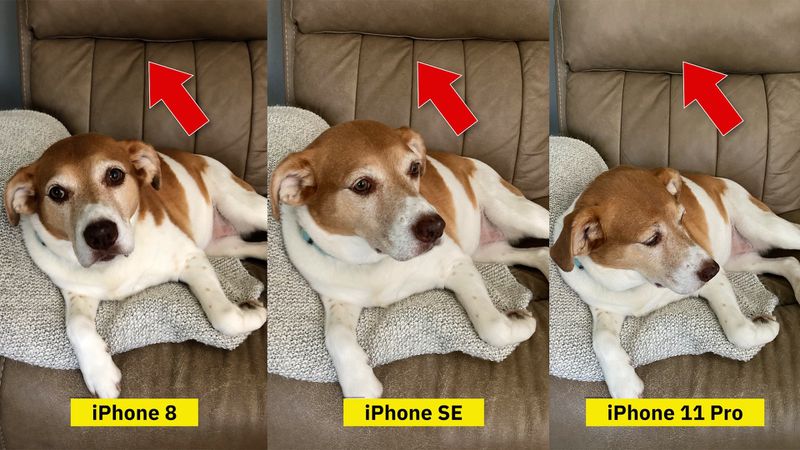
Both the SE and the iPhone 8 had a hard time with low lighting situations, but the iPhone SE's images came out a bit better because of the A13 chip. The iPhone 11 Pro has Night Mode, a feature not available on the iPhone 8 or the iPhone SE, so it of course vastly outperformed the iPhone SE in photos with poor lighting.
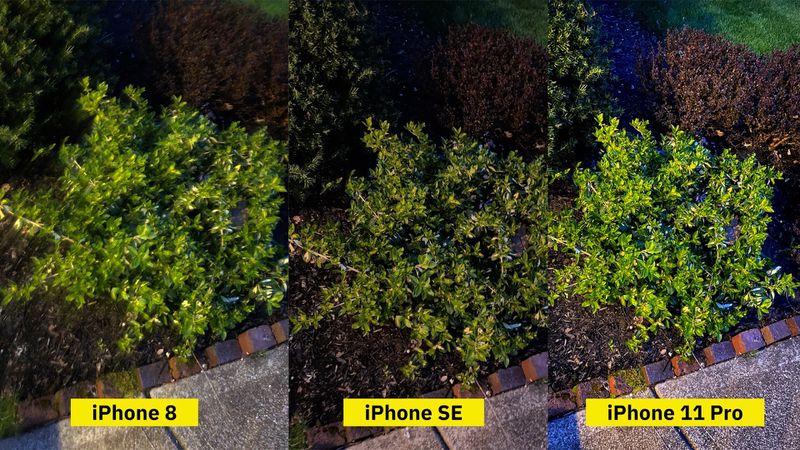
The iPhone SE features Portrait Mode much like Apple's higher-end iPhones, but it's the first of Apple's iPhones to entirely rely on software to generate Portrait Mode images and Portrait Lighting features. Since the iPhone 11 and 11 Pro have two and three cameras, respectively, their hardware-based Portrait Mode images come out better, but the iPhone SE does a respectable job.
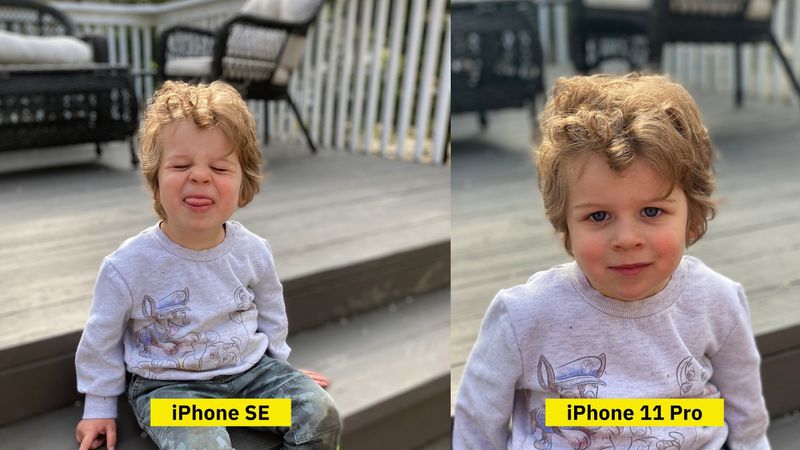
Portrait Mode in the iPhone SE is limited to people because the neural network that powers the feature needs to detect a person to blur out the rest of the image. It's not going to work with pets, food, or other objects like it does on the iPhone 11 Pro.
Because the iPhone SE's Portrait Mode is using 2D images to create a depth map, there's a unique iPhone SE feature - you can take a Portrait Mode photo of a photograph that already exists. It doesn't work great all the time, but it's an interesting way to jazz up some older photographs and add background blurring.
Like the iPhone 11 and 11 Pro, the iPhone SE supports 4K video at 60fps, which is an impressive feature for a $399 smartphone. A video comparison between the iPhone 11 Pro and iPhone SE showed little difference in quality. Both looked great and the optical image stabilization worked well.
The iPhone 8 doesn't support 4K video at 60fps so we compared using 4K video at 24fps, and again, image quality was similar, but stabilization on the iPhone SE seemed to be better and the audio quality is superior.
The iPhone SE has a plain 7-megapixel front-facing camera that also supports a software-based Portrait Mode, which is not available on the iPhone 8. The front-facing camera is fine, nothing spectacular, but it works well enough for FaceTime and selfies and was comparable to the front-facing cameras of the iPhone 8. The iPhone SE doesn't support the wider angles available with the front-facing camera on the 11 Pro, and the 11 Pro selfies looked a bit better.
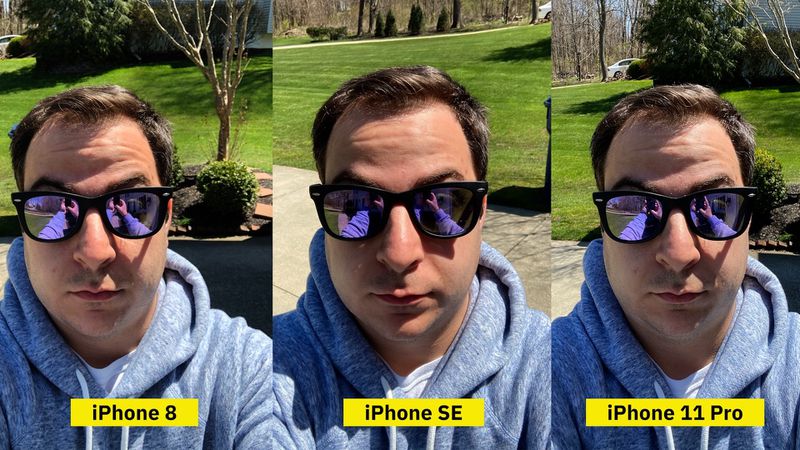
For videos with the front-facing camera, both the iPhone 8 and the iPhone SE had a hard time with bright lights, overexposing the video the entire time. The iPhone 11 Pro did a much better job.
It's worth noting that the iPhone SE also supports QuickTake for both the front and rear-facing cameras. QuickTake lets you hold down the camera button when in picture taking mode to quickly capture a video without the need to swap over to video mode.
All in all, the iPhone SE's camera does produce pictures fairly similar to the pictures produced by the iPhone 8, but the A13 chip is doing a lot in the background to make those photographs look better. The iPhone SE also isn't too far off from the iPhone 11 and iPhone 11 Pro when it comes to images taken in bright lighting, but that's where the similarities end.
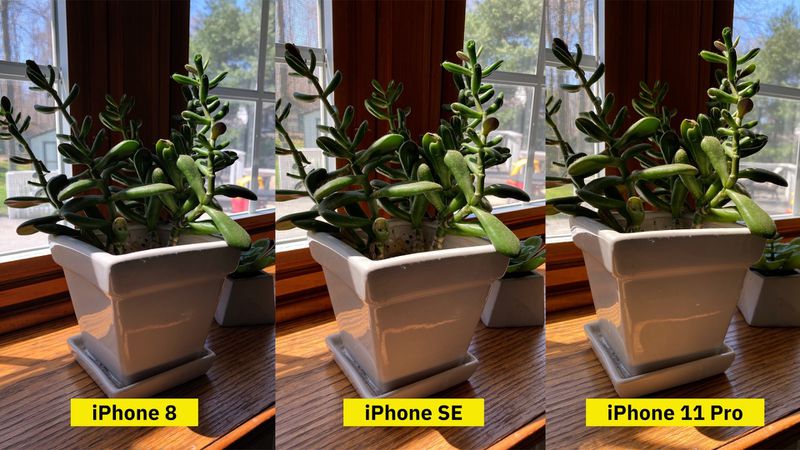
It's a single-lens camera rather than a dual or triple-lens camera so it doesn't have the versatility enabled by additional lenses, there's no optical zoom, software-based Portrait Mode is not as good as hardware-based portrait mode, and there is no Night Mode to use for low light images.
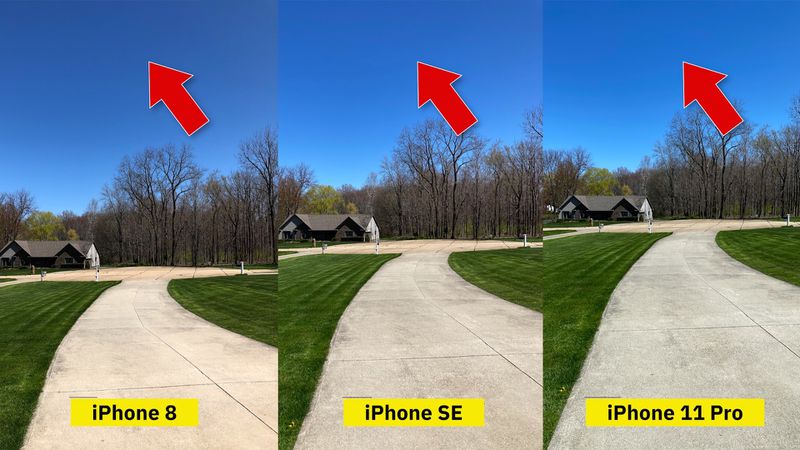
The iPhone SE is a passable camera of course that's going to take great every day shots, but those seriously interested in better iPhone photography should take a look at the iPhone 11 over the iPhone SE.
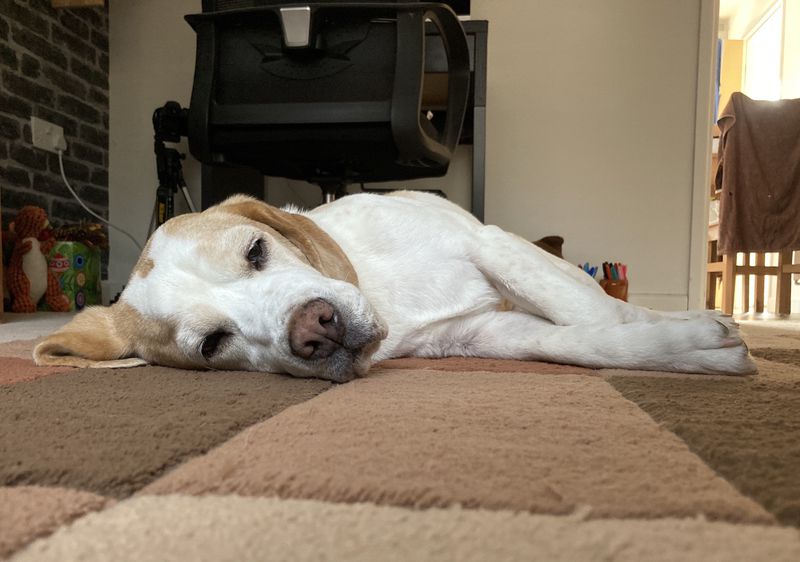
If you want to see more great photos taken with the iPhone SE to see just what it's capable of, make sure to check out the MacRumors forums where new iPhone SE owners are sharing their pictures.
Technology - Latest - Google News
April 29, 2020 at 04:57AM
https://ift.tt/35fbRkV
Camera Comparison: 2020 iPhone SE vs. iPhone 8 and iPhone 11 Pro - MacRumors
Technology - Latest - Google News
https://ift.tt/2AaD5dD
Shoes Man Tutorial
Pos News Update
Meme Update
Korean Entertainment News
Japan News Update
No comments:
Post a Comment